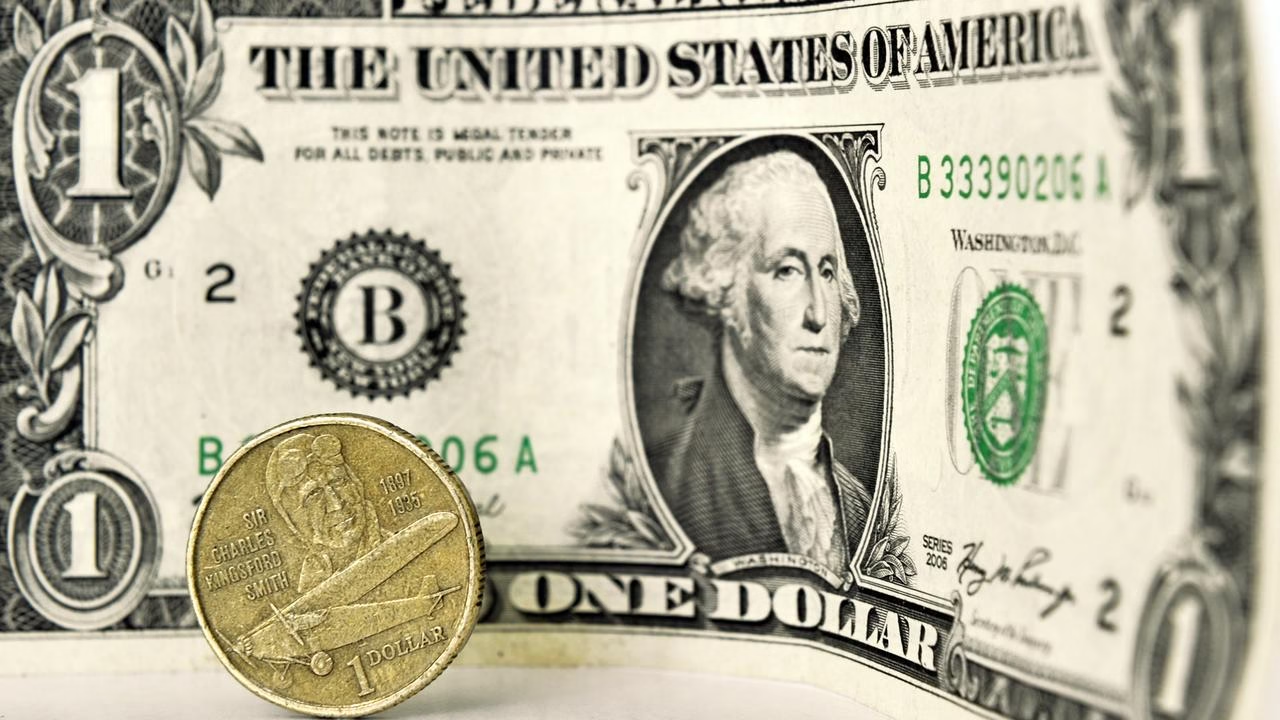The U.S. dollar hovered near its highest level in more than two years on Tuesday, driven by strong economic data and reduced expectations for Federal Reserve rate cuts in 2025. Meanwhile, concerns about Britain’s fiscal health kept the pound under pressure, as global markets adjusted to shifting monetary and trade policies.
Dollar Strength and Treasury Yields
The dollar index, which measures the currency against six others, edged up 0.16% to 109.59, close to the 26-month high of 110.17 reached on Monday. U.S. Treasury 10-year yields also touched a 14-month high of 4.799% before stabilizing at 4.7717% during early Asian trading hours.
The Federal Reserve’s cautious stance on further monetary easing, reinforced by last week’s strong jobs report, has contributed to the dollar’s rally. Investors are now pricing in only 29 basis points of easing for 2025, down from the 50 basis points projected in December.
Impact of Tariff Policies
Market focus has shifted to potential tariff changes under President-elect Donald Trump, who is set to return to office next week. Analysts expect his policies to drive economic growth while increasing inflationary pressures. Reports of a gradual approach to tariffs have added to market uncertainty, influencing U.S. Treasury yields and the dollar.
Global Currency Markets
- Euro: The euro traded at $1.02475, near its two-year low of $1.0177.
- Yen: The yen was at 157.54 per dollar, recovering slightly from its six-month low last week.
- Pound: The pound traded at $1.2211 after hitting $1.21 on Monday, its lowest since November 2023. Concerns over surging bond yields and potential government spending cuts or tax hikes have weighed on the currency.
- Yuan: The offshore yuan was at 7.3465 per dollar, under depreciation pressure despite measures from the People’s Bank of China (PBOC) to stabilize the currency. These include increasing dollar reserves in Hong Kong and allowing companies to borrow more overseas.
- Australian and New Zealand Dollars: The Australian dollar rose 0.13% to $0.6184, while the New Zealand dollar gained 0.3% to $0.55995, both rebounding from multi-year lows.
Outlook for the Dollar
Analysts, including those at ING, anticipate the dollar will remain strong throughout the year, drawing parallels to the tariff era of 2018–2019. The combination of a stronger dollar and higher Treasury yields is crowding out global financial flows, causing challenges for other economies.
Upcoming U.S. inflation data on Wednesday will be closely watched as investors assess the Fed’s approach to rate adjustments and its impact on global markets.



